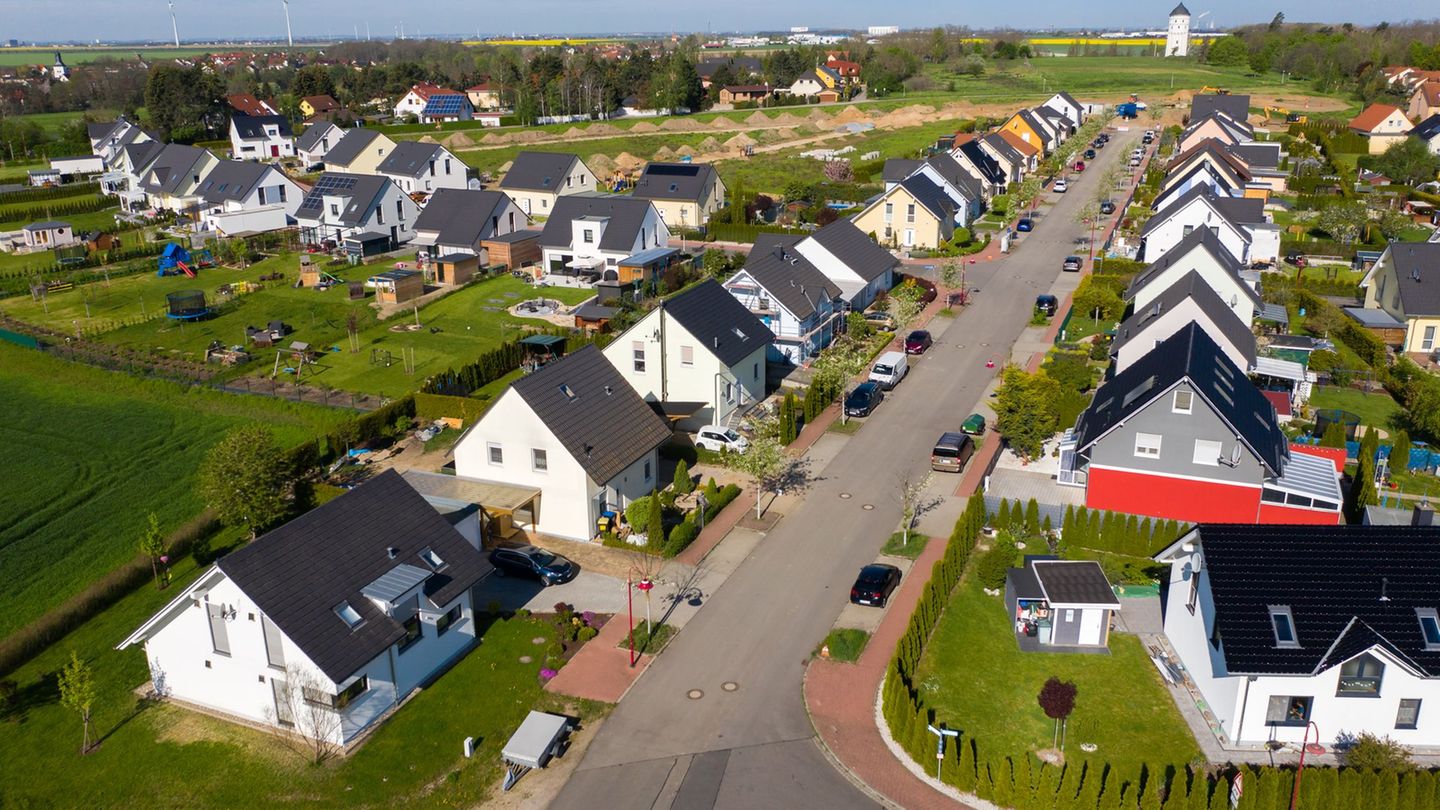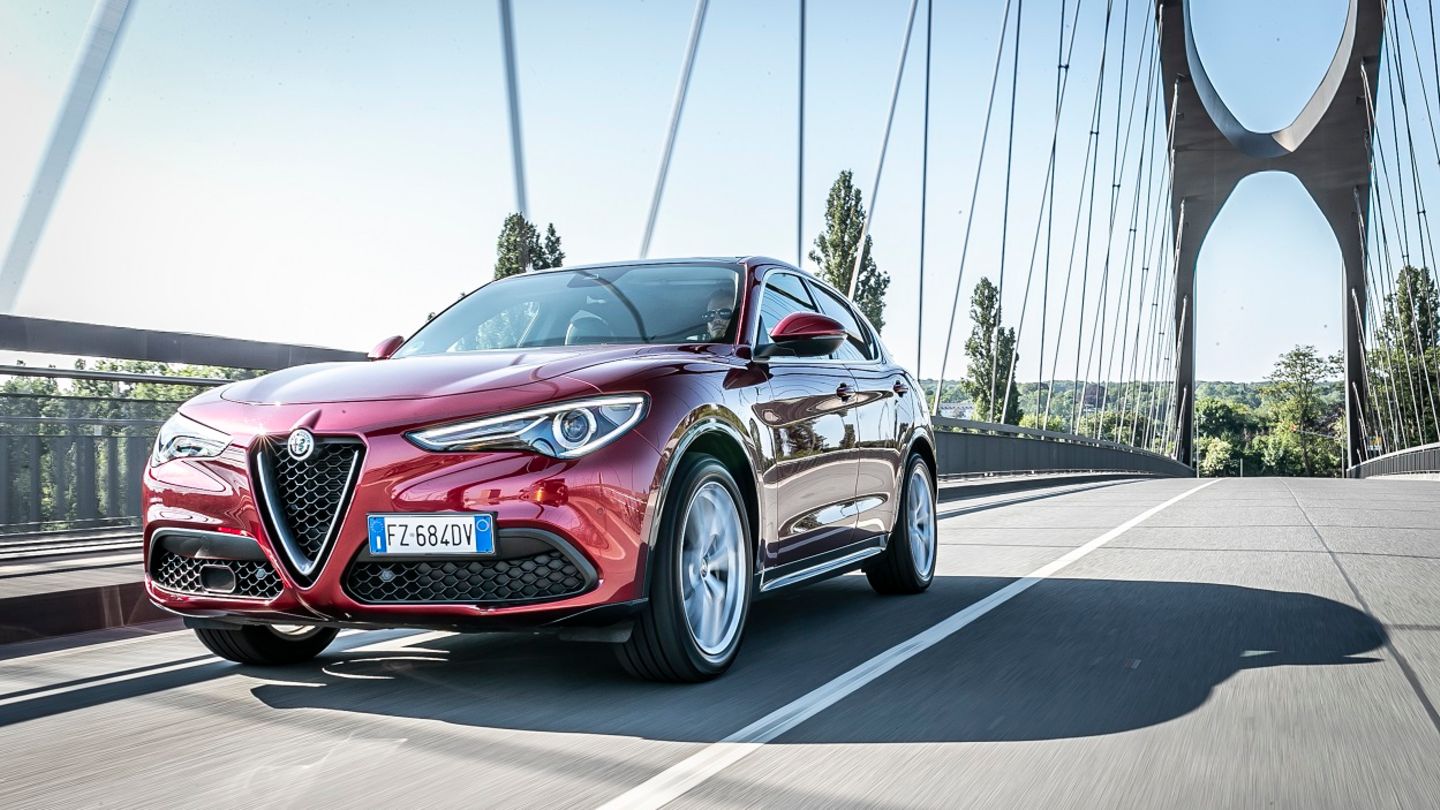By reactivating previously disused railway lines, many people in the area would have access to the rail network again. The list of routes that could be considered for this is getting longer and longer.
The disused railway lines are often only a few kilometers long – but reactivating them would give thousands of local people access to the federal rail network again. The Association of German Transport Companies (VDV) and the Pro-Rail Alliance (ApS) have presented a current list of such former routes that would be eligible for recommissioning. It now includes more than 320 routes with a total length of more than 5,400 kilometers.
Reactivating these routes could significantly strengthen the economy at the regional level, said VDV expert Martin Henke. “The connection to the nationwide rail network is a means of combating being left behind and is therefore clearly a political issue.” Around 3.8 million people in almost 380 cities would have more direct access to the rail network as a result of the proposed reactivations, it said.
Associations are calling for more speed with reactivations
The routes from which a particularly large number of people would benefit include the Bottwartalbahn between Heilbronn and Marbach in Baden-Württemberg or the Brexbach or Holzbachtalbahn between Engers-Siershahn-Selters-Altenkirchen in Rhineland-Palatinate.
The two associations are therefore calling for significantly more speed in recommissioning. Last year, not a single kilometer was reactivated; this year it is expected to be around 30 kilometers. By 2025, Henke is already expecting around 200 kilometers.
The federal government refinances up to 90 percent of the reactivation costs through the so-called Municipal Transport Financing Act. The funds available for this purpose were recently doubled to around two billion euros. The prerequisite for federal support is, among other things, a complex feasibility study that must prove the economic viability of reactivation. DV and Allianz pro Schiene are calling for a further increase to three billion euros.
Source: Stern




